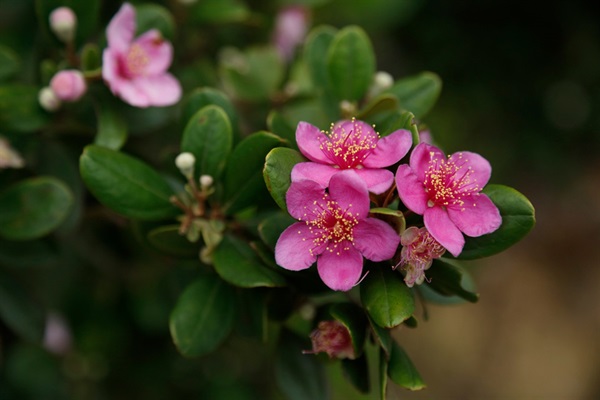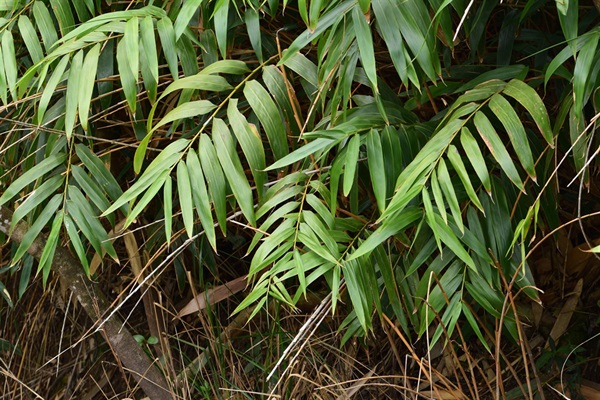Shrubland, land dominantly covered by shrubs, may either be a naturally occurring community that remains stable over time or a transitional community that occurs temporarily due to disturbances, such as fire. In general, owing to natural succession, shrubs and other vegetation are shaded out by trees. Hence, shrubland is very often a temporary habitat that exists for a relatively short period of time (i.e. a few decades). Despite these, shrublands are an effective carbon store and they can protect the land against slips, they are also important feeding grounds and shelters for many wildlife such as birds and mammals.
As a result of frequent human-induced hillfires, many hillside habitats are alternating between shrublands and grasslands in Hong Kong. However, a few years without fire may allow shrubs to rapidly shade out grasses, creating a dense shrubland that is more resilient to fire.
Local shrublands mostly present an intermediate successional stage, which can vary significantly in habitat structure from a mixture of low shrubs and grasses to tall shrubs approaching the height and structure of vegetation in secondary forests. Shrublands are widely distributed in Hong Kong and the most common one is the Dwarf Mountain Pine (Baeckea frutescens) – Rose Myrtle (Rhodomyrtus tomentosa) – Hong Kong Gordonia (Polyspora axillaris) community. Besides, bamboos and ferns are often present in local shrublands.







